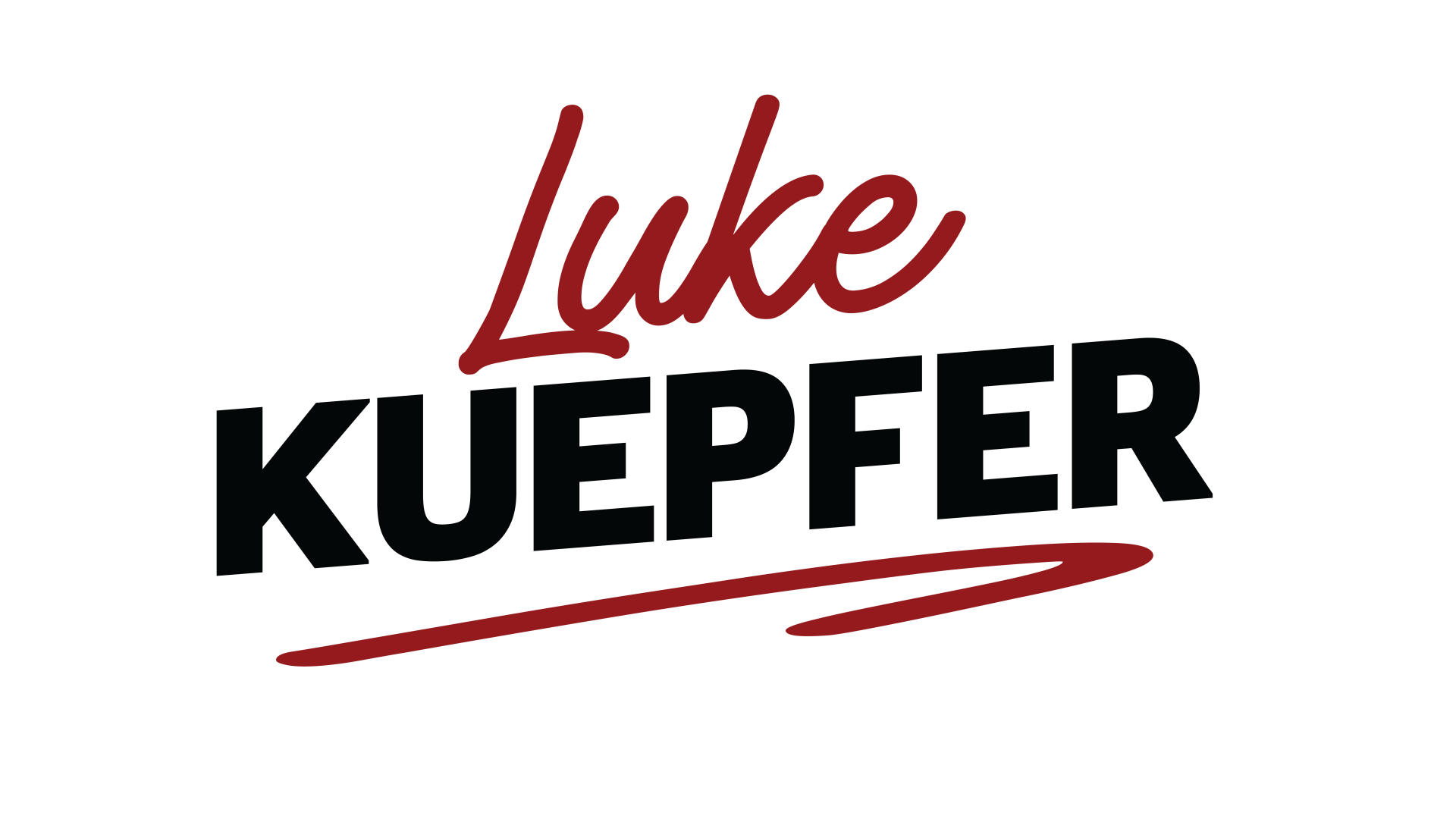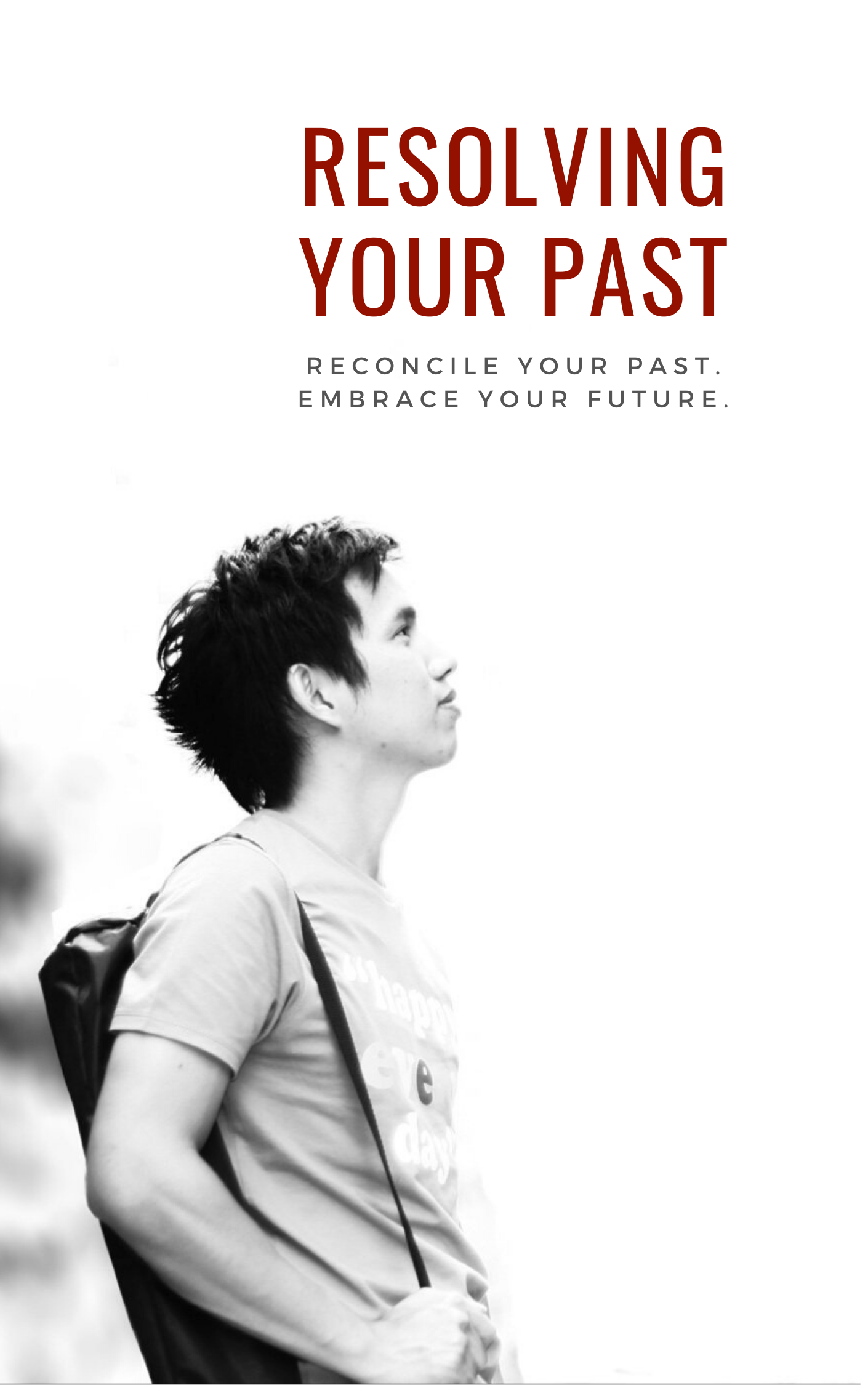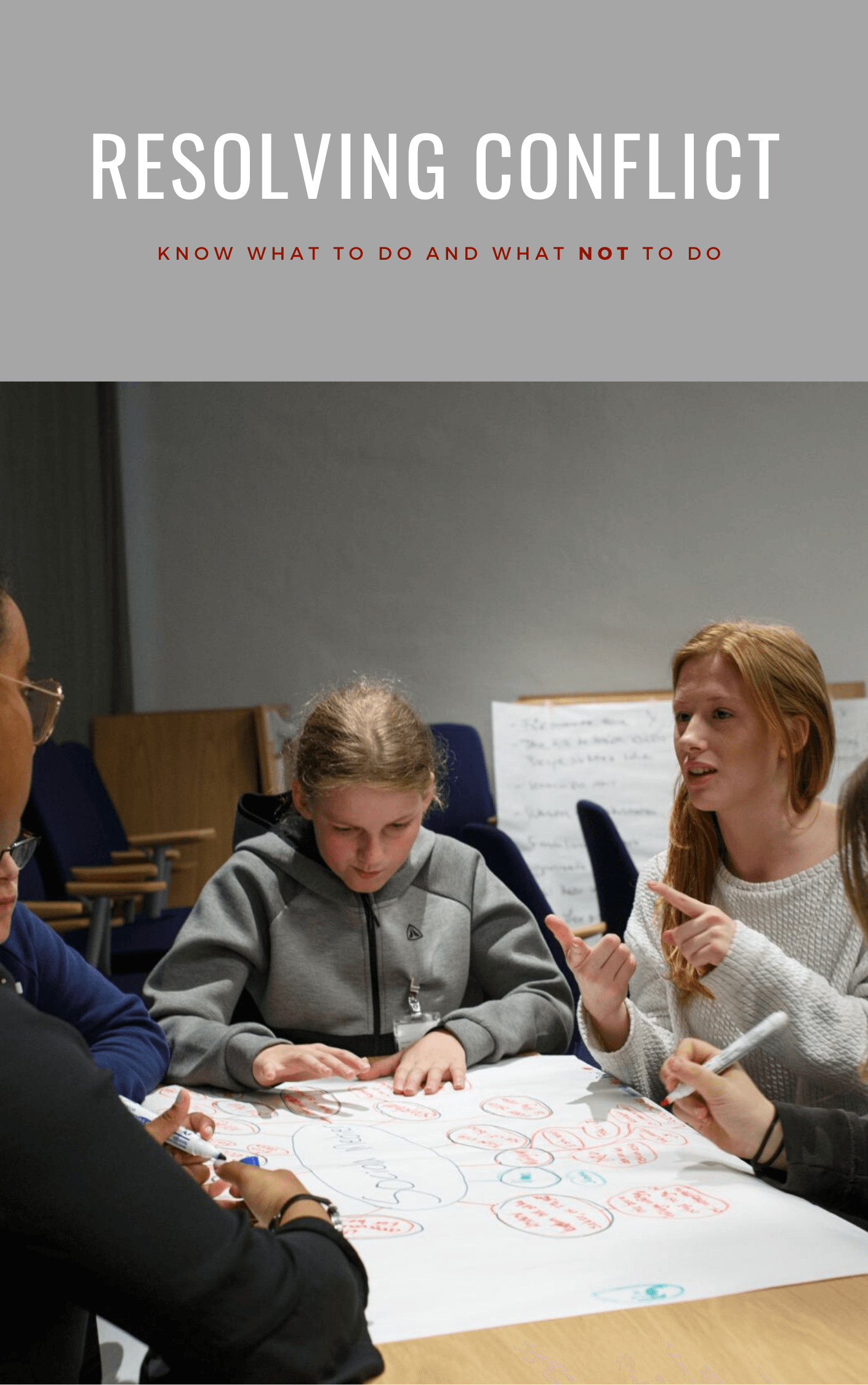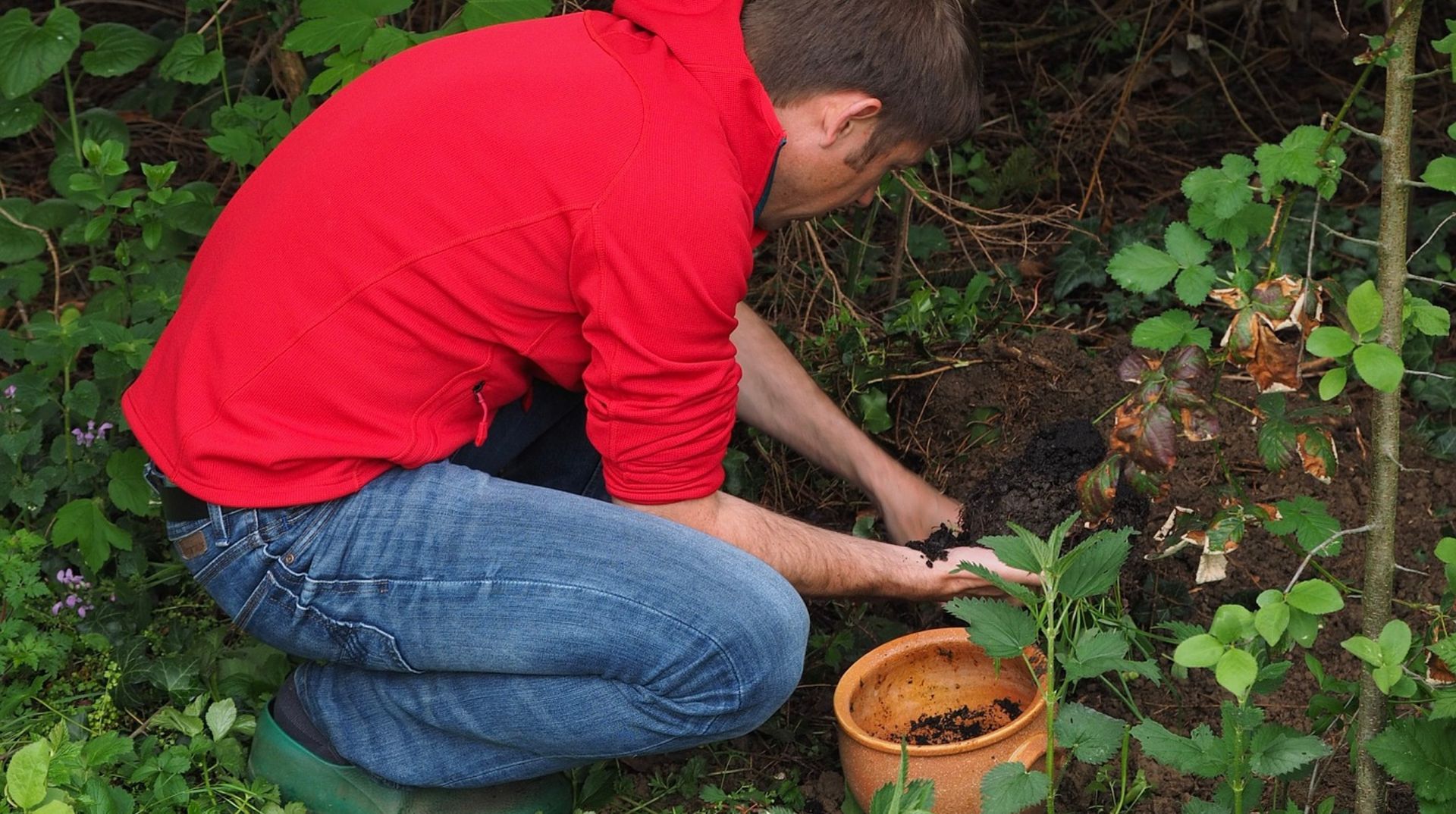Why Change Is Difficult, Part 6—Different Levels of Readiness
Getting people to embrace change can be very difficult. But that's not always true of all people. Some love change; they desire what's new and exciting and are often the first people to jump on board with a new idea. Others hold out to the very end; some even “kicking and screaming” as they are forced to adapt to a change.
Rogers' theory—Diffusion of Innovations—breaks people into the categories of innovators, early adopters, early majority, late majority, and laggards. Since I wrote about this in an earlier post, my only point here is that people within a group are at different levels of readiness to change, and that can present a problem. Those quick to change will be critical of those who are not, and vice versa. Some embrace change while others resist it.
What's important for leaders to keep in mind is not to treat everyone equally in adapting to change. Rather, help each person identify their areas of resistance and work with them on an individual basis at their current level. For those quick to make the change, ask them to build a positive and encouraging attitude toward those who are struggling. Recruit them to help you move the others toward change, pointing out that it takes group effort and that a team is only as strong as its weakest link.
In John 6:60-71, many of Jesus' disciples no longer followed him; some were simply not ready for full commitment until later. Acts 6:7 records that a large number of priests became obedient to the faith. Sometimes people need more time to weigh the evidence. At other times their lack of faith is a roadblock and circumstances over time have a way of removing it. Like God, we need to keep pursuing those resistant to positive change, but we also need to allow time and space for others as he graciously has with us all.















